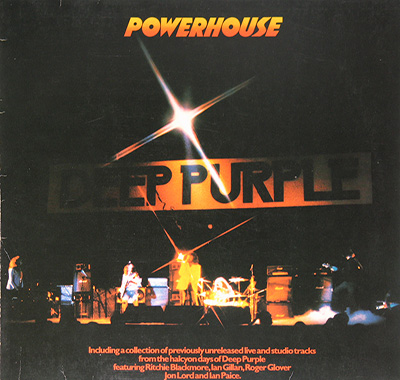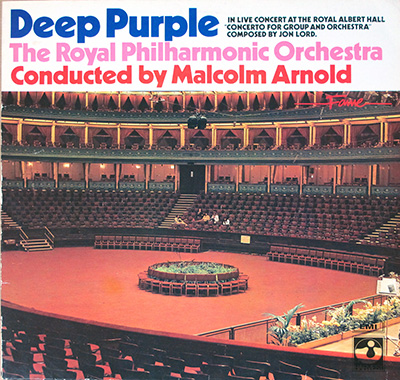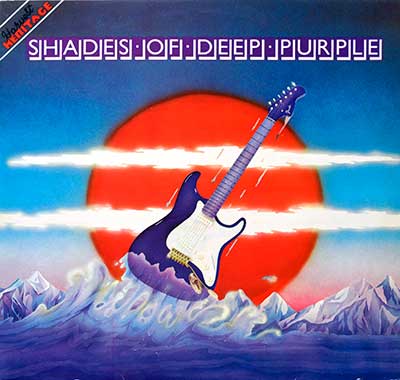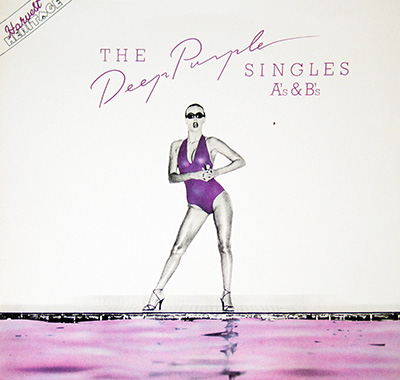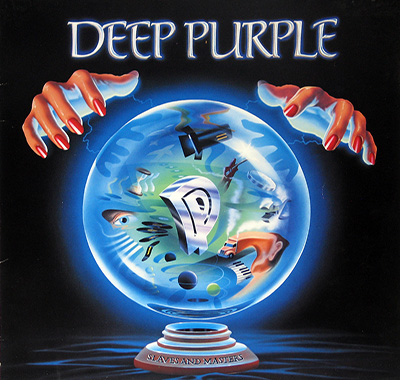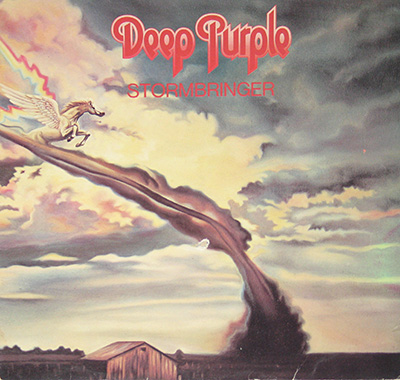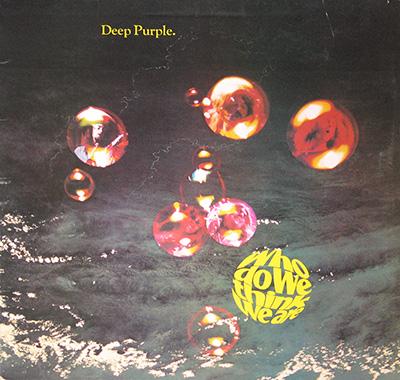Deep Purple, the British behemoths of hard rock, known for their thunderous riffs and ear-splitting vocals, took a gamble of epic proportions in 1969. They dared to share the stage with the Royal Philharmonic Orchestra at London's prestigious Royal Albert Hall. The result? A sonic collision of worlds captured on the 12" vinyl LP, "Concerto for Group and Orchestra," released in the USA under the title "In Concert." It was a bold experiment, a fusion of rock and roll fury with the majesty of classical orchestration, and it sent shockwaves through the music world.
A Sonic Revolution: Bridging the Gap Between Worlds
The late '60s were a time of sonic exploration, a psychedelic playground where genres were meant to be bent and broken. Deep Purple, hungry for new thrills after the success of "Hush," decided to take a leap of faith. Enter Jon Lord, the band's classically trained keyboardist, with a vision of merging the raw power of rock with the grandeur of an orchestra. It was a risky proposition, a high-wire act that could have easily ended in disaster. However, this unexpected fusion of rock and classical elements captivated audiences and critics alike, making "In Concert" a landmark album in music history. Its popularity in the US demonstrated the band's growing international appeal and the appetite for experimental and ambitious music.
Concerto for Group and Orchestra: A Three-Movement Masterpiece
Lord's ambitious "Concerto for Group and Orchestra" was the centerpiece of this daring experiment. A sprawling, three-movement work, it was a testament to his compositional skills and a bold statement about the potential of rock music. The concerto, with its intricate arrangements and soaring melodies, was a sonic tapestry that defied categorization. It was a testament to the band's musical prowess and a challenge to the status quo. The concerto's second movement, a hauntingly beautiful piece featuring Ian Gillan's emotive vocals, became a particular fan favorite and a showcase for the band's ability to blend hard rock energy with orchestral grandeur. This movement, in particular, captured the imaginations of many listeners and remains a highlight of the album.
Royal Albert Hall: A Night of Unbridled Energy
The Royal Albert Hall, a bastion of high culture, had never seen anything like it. Ian Gillan's primal screams, Ritchie Blackmore's blistering guitar solos, and the thunderous rhythm section of Roger Glover and Ian Paice were amplified by the orchestra's lush strings and brass. It was a night of unbridled energy, a sonic spectacle that left the audience in awe. In addition to the concerto, the album featured electrifying performances of fan favorites like "Hush" and "Wring That Neck," further demonstrating the band's versatility and ability to seamlessly integrate their rock sound with orchestral accompaniment. These tracks showcased the band's raw power and stage presence, proving that they could hold their own even in the face of a full orchestra.
American Arrival: A Transatlantic Triumph
The American release of "In Concert" was a testament to the band's growing popularity and the album's groundbreaking sound. Produced by Derek Lawrence and engineered by Martin Birch, it captured the raw energy and excitement of the live performance, showcasing the band's musical versatility and the orchestra's virtuosity. The album's success in the US helped to solidify Deep Purple's status as one of the leading rock bands of their era.
A Clash of Cultures: Controversy and Acclaim
The album wasn't without its detractors. Some purists from both the rock and classical worlds scoffed at the idea of such a collaboration, dismissing it as a gimmick. Others, however, hailed it as a groundbreaking work, a testament to the limitless potential of music. The controversy only fueled the album's notoriety, ensuring its place in rock history. The album's ability to spark debate and challenge musical boundaries is a testament to its enduring power and influence.
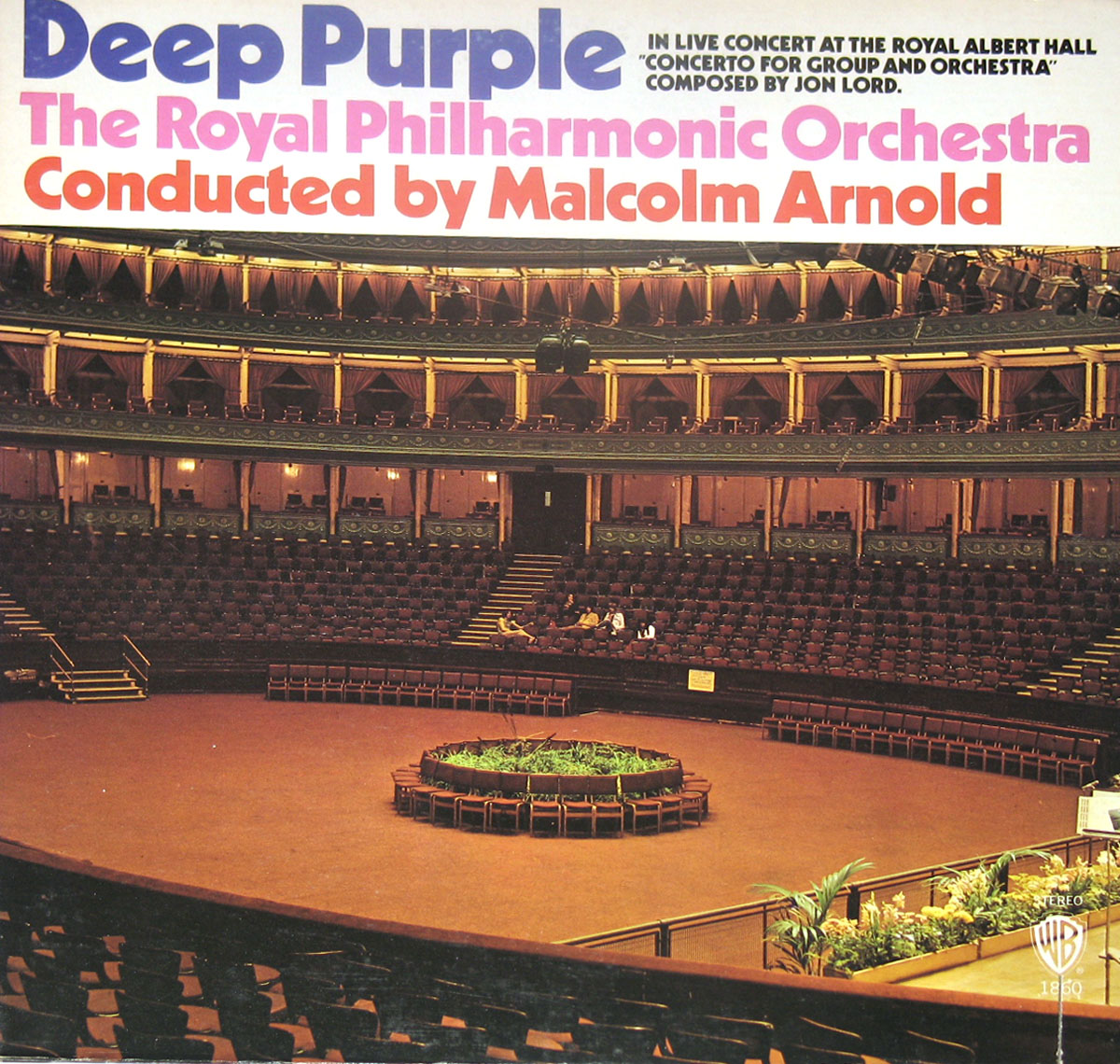
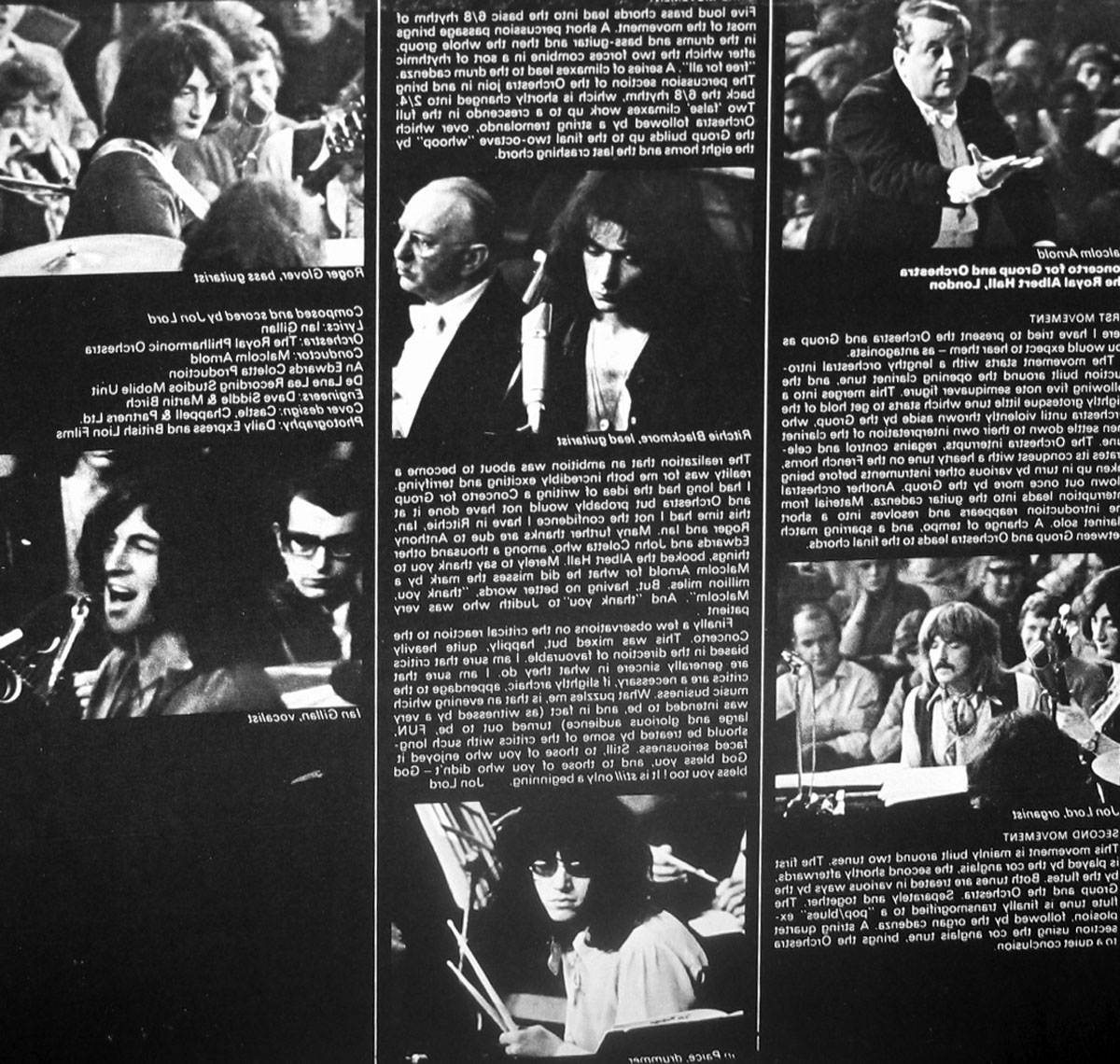
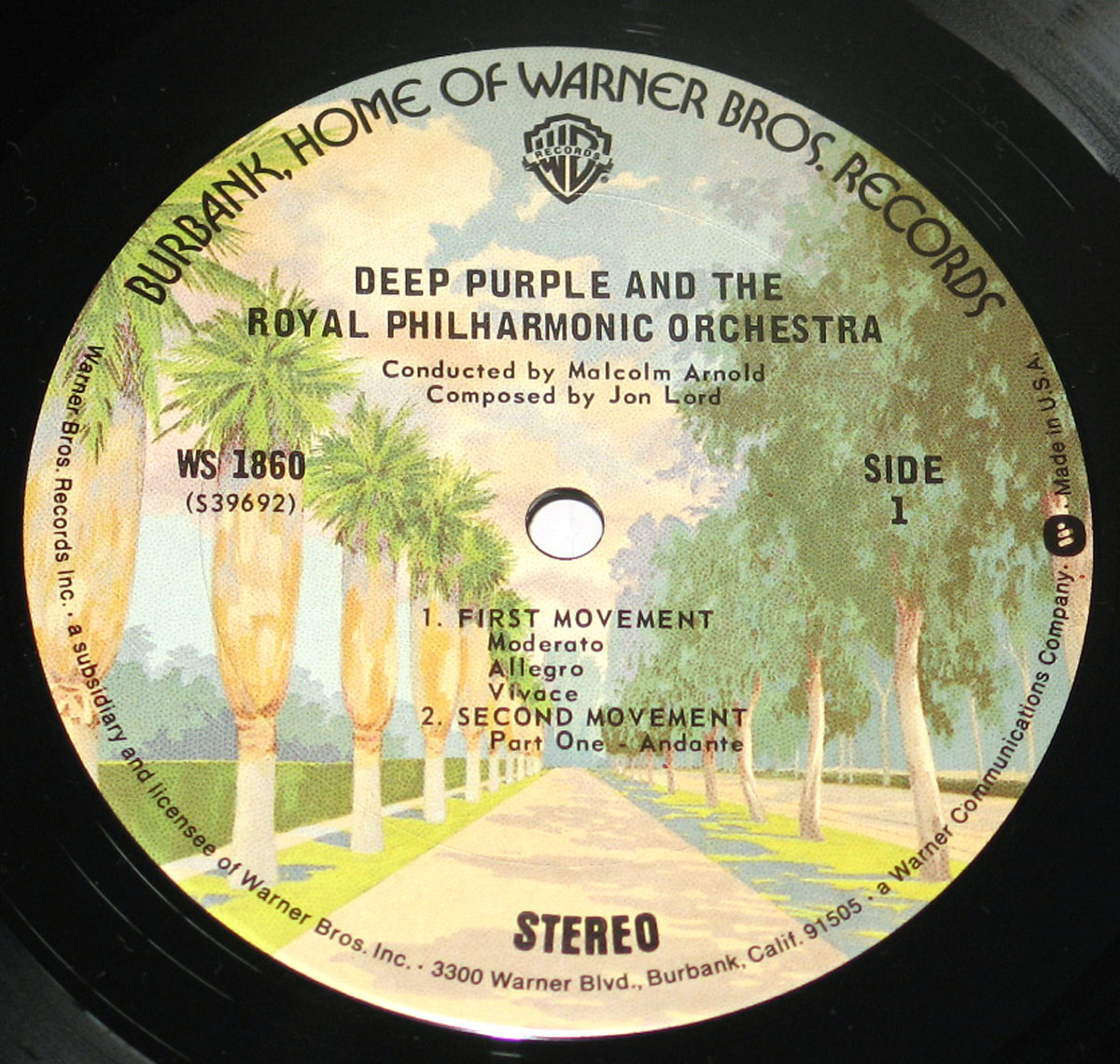
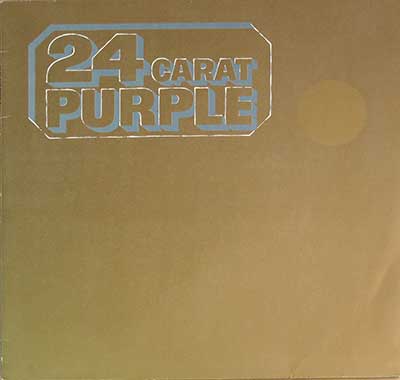
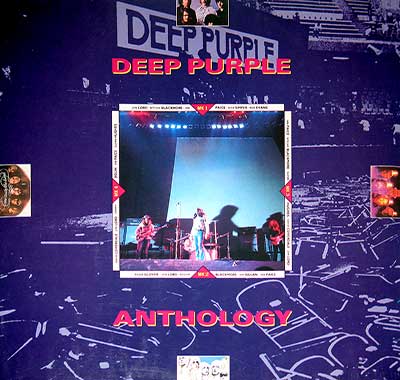
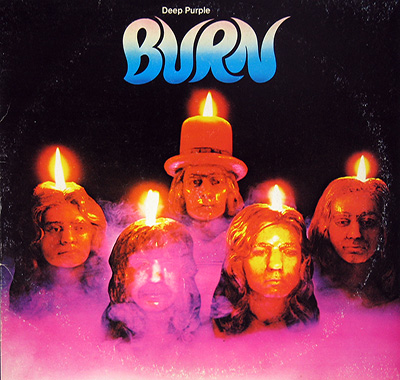
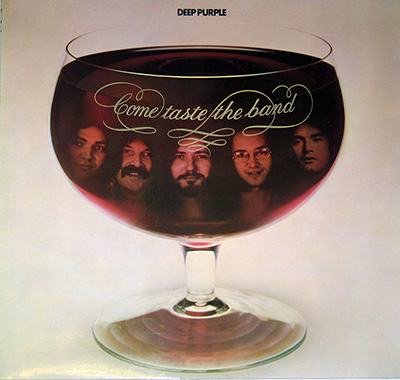
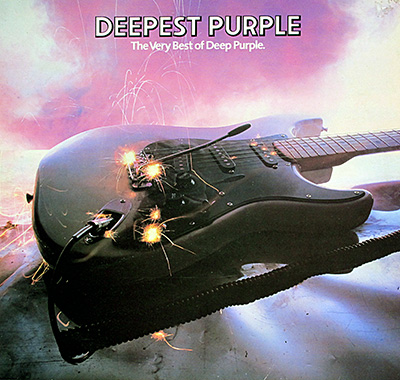
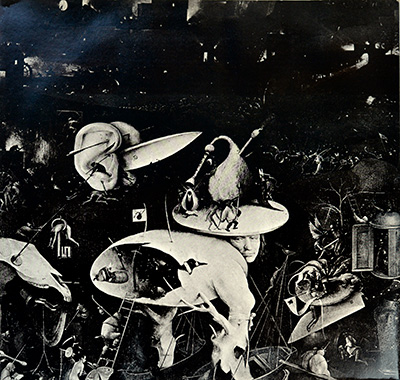
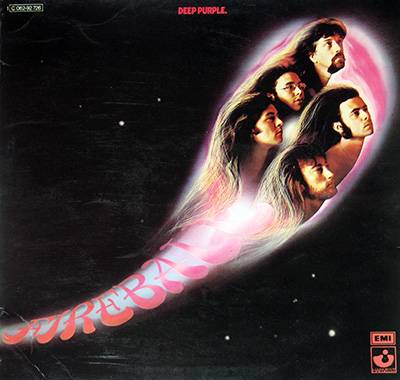
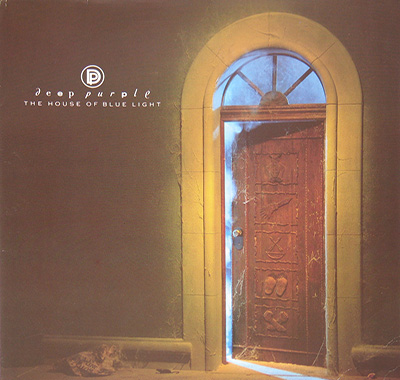
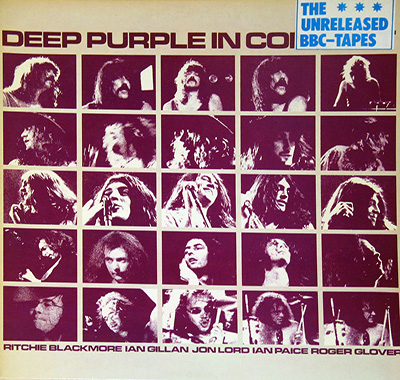
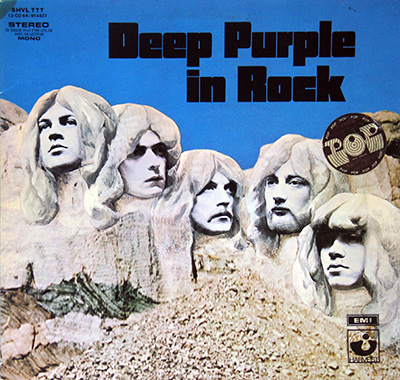
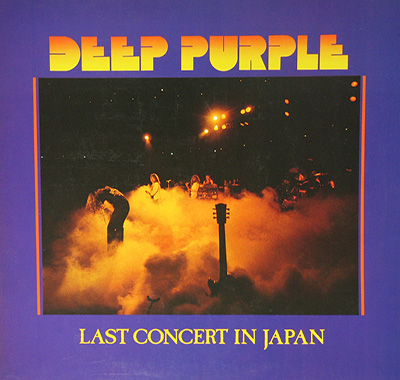
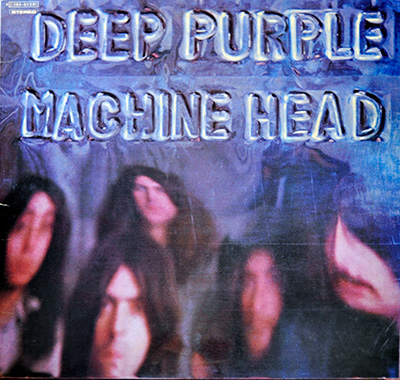
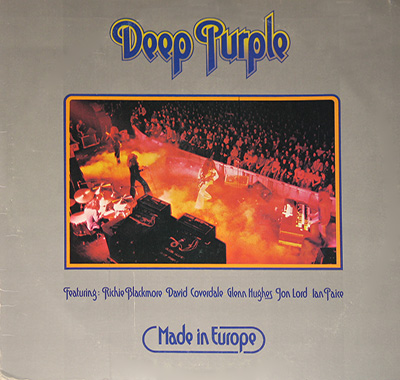
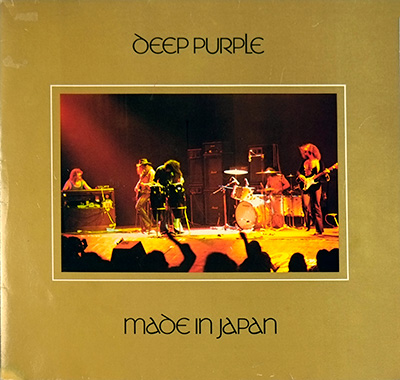
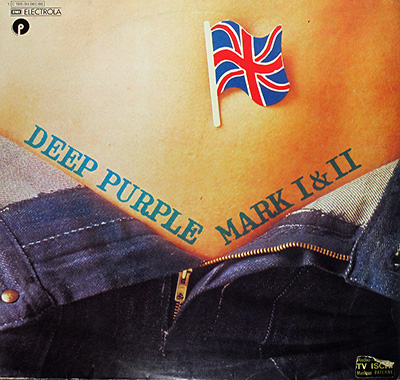
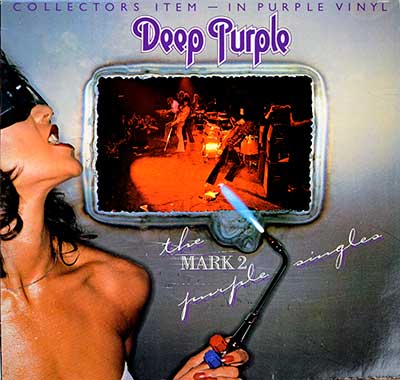
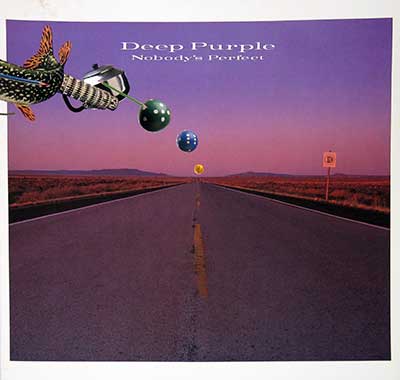
.jpg)
